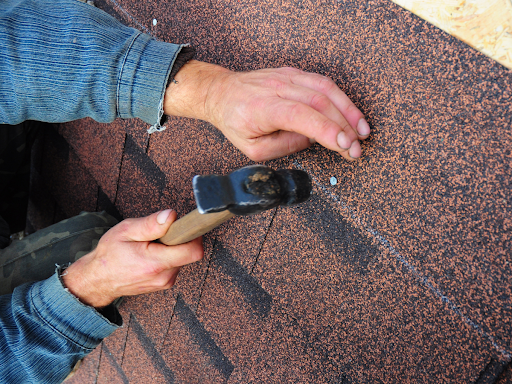Roof inspections are a vital part of residential upkeep that often go unnoticed. Go Here may not realize the significance of regular roof inspections and their specifics. When it comes to protecting your home, grasping the roof inspection process can help you detect potential problems before they become major issues, ensuring both your security and your investment.
During a roof inspection, certified roofers will inspect various aspects of your roofing system, searching for signs of damage, damage, or impending collapse. But what should you look forward to when you book a roof inspection? In this piece, we'll explore the key components of the inspection procedure, how to know when it’s time for a new roof, and the significance of remaining aware about roofing maintenance and repair alternatives. Whether you are considering a roof renewal or simply want to lengthen the life of your current roof, understanding what happens during an inspection is essential for every homeowner.
When to Replace Your Roof
Recognizing the right moment to replace your roof can help you avoid high repair costs and guarantee the security of your residence. One crucial indicator is the duration of your roof's existence. Most types of roofs come with defined lifespans; for instance, asphalt shingles typically last 20 to 25 years, while metal roofs can last 40 to 70 years. If your roof is approaching or has exceeded its expected lifespan, it may be time to begin considering a replacement.
Another significant sign is the quality of the shingles. Look for shingles that are missing, cracked, or curling, as these can jeopardize your roof's strength. Additionally, if you see granules from shingles building up in your gutters or if the roof has apparent wear in several spots, it’s a strong signal that you should think about replacing it. Routine assessments can help catch these issues early on, enabling you to tackle them before they worsen.
Finally, be alert for indicators of roofing issues inside your home. Water stains on your ceilings or walls, mold or mildew in the attic, and increased energy bills can all suggest that your roof is not performing well. If you see these signs, it's essential to get in touch with a roofing expert. They can evaluate the issue and help you decide if a complete roof replacement is needed or if small repairs can prolong its lifespan.
Common Roofing Concerns and Resolutions
Homeowners often encounter various rooftop problems which may impact the stability as well as functionality of their roofs. A common among the most common issues includes roof leaks, that may be caused from broken tiles, flashing failures, or wear around chimney and ventilation. To fix leaks, it's crucial to find the cause first. Property owners can check dark areas on the ceiling and water stains, that show where fixes are needed. Short-term solutions such as tarpaulins may be employed until such time as a licensed expert can perform long-term fixes.
Another frequent issue is the accumulation of waste in the rooftop, which includes leaves, twigs, as well as dirt, which can lead to the growth of mold and water pooling. Consistent cleaning remains essential to ensure drainage as well as mitigate moisture-related issues. Property owners can schedule periodic inspections or engage professionals to clear the roofs as well as gutters. This proactive approach not only improves the a roof's look but also prolongs its lifespan.
In conclusion, homeowners should be aware of the effects of harsh climate, which can cause damage such as absent shingles or dented metal roofing. As soon as a storm strikes, it's vital to perform a thorough checkup afterward. Fixing any visible harm promptly can prevent further complications. If extensive harm is discovered, consulting a roofing professional to conduct a comprehensive assessment as well as fix is advisable to ensure that the roof stays strong and free from leaks.
Choosing the Appropriate Roofing Option
Selecting the appropriate roof option is crucial for providing the longevity and functionality of your home. Various options offer varying benefits and disadvantages that can affect not only the appearance of your house but also its long-term maintenance needs. Bitumen tiles are well-liked due to their cost-effectiveness and ease of installation, making them a fantastic choice for many homeowners. On the contrarily, steel roofing provides remarkable durability and can withstand severe weather, though it typically is available at a increased initial cost.
When evaluating roof materials, it's crucial to assess your local weather conditions, the design of your home, and your individual tastes. For example, tile roofs are an beautiful option in warmer, Mediterranean homes, providing thermal regulation. On the contrary, if you live in an area susceptible to heavy snowfall, a pitched roof with sturdy materials may be the optimal option to prevent snow buildup and potential water damage.
One more important factor is the environmental impact of your roofing option. Green roofing options, such as green roofs or eco-friendly materials, are increasing in popularity among environmentally conscious homeowners. These materials not only lower energy costs but also contribute to ecosystem diversity and improve air quality. By carefully weighing Kearney roofing contractors and disadvantages of each roof option and considering long-term effects, property owners can make an informed decision that meets their needs and wants.

